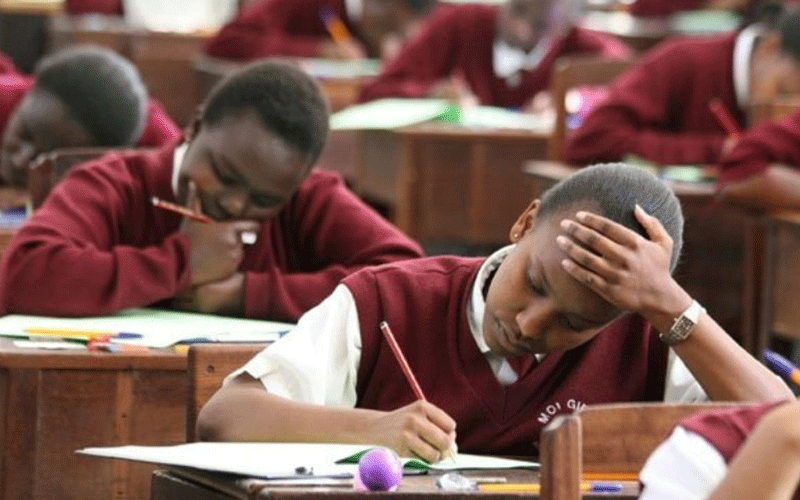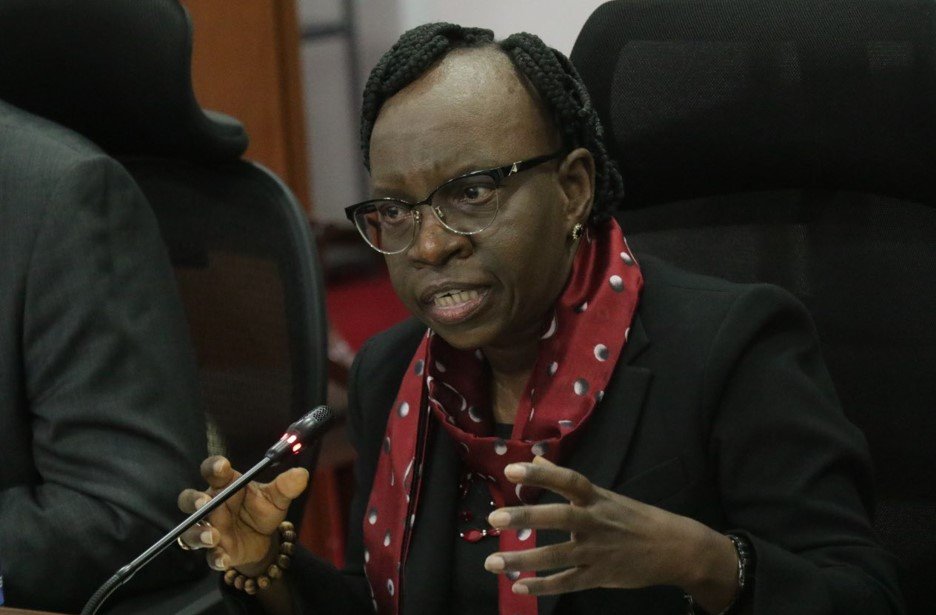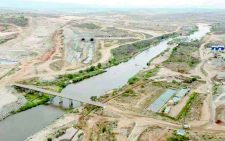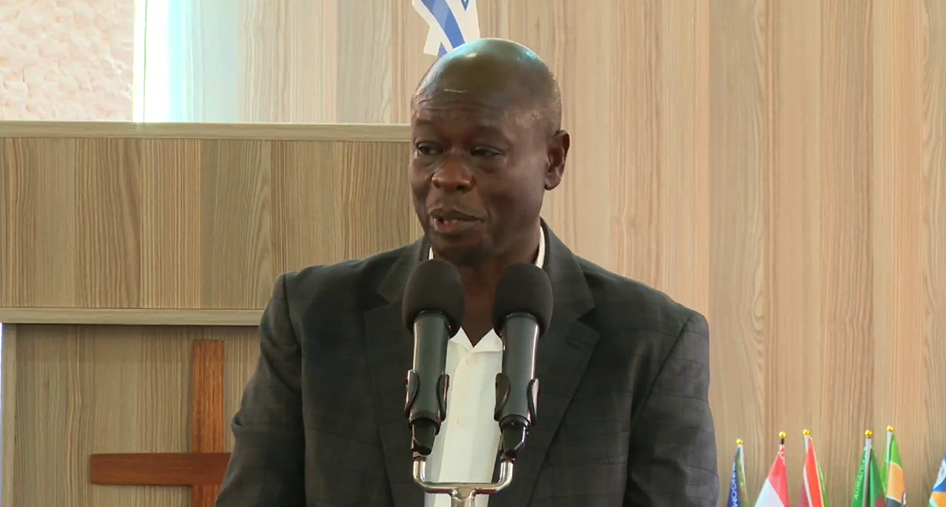Schools are sitting on a ticking time bomb, shows new report

Mercy Mwai @wangumarci
A day after the government announced partial reopening of schools, a new audit report has revealed how crucial facilities in learning institutions are ticking time bombs.
The performance audit report on fire preparedness in secondary schools prepared by Auditor General Nancy Gathungu shows that most institutions were not constructed according to prescribed safety standards.
Report, which was tabled in the National Assembly on Tuesday, raises concern that most facilities are congested as schools did not receive funds to build more classrooms and dormitories to accommodate increased number of students following the government directive in 2017 introducing 100 per cent transition.
“School buildings did not adhere to these safety standards because most of the institutions did not have safety subcommittees to ensure compliance with safety measures,” the report.
On congestion, the report raises concern that out of 40 schools that the audit focused on, 30 of those visited exceeded the number of students stated in the registration certificate with the highest having an excess of 519 students.
In addition, 29 of the schools sampled had classes with more than 45 students contrary to the laid down regulations.
On bed capacity and spacing, which should be at least 1.2 metres with pathways of not less than two metres, the audit found that six schools had triple decker beds while 34 boarding schools had double decker beds without the required spacing.
“Most of the dormitories were congested which was attributed to the government introducing 100 per cent transition of students from the year 2017.
Schools are, therefore, congested and this increases the risk of loss of lives in the event of a fire,” the report.
“The increased transition rate was not planned for in advance by the government in terms of infrastructure.
The Ministry of Education had instructed secondary schools not to collect funds from parents to assist in construction of new infrastructure.
Schools, therefore, had no option but to use the available infrastructure leading to congestion and a high risk of loss of life in the event of a fire.”
Old structure
In the case of Nyamira Girls Secondary School in Siaya, the report shows that students were congested in an old structure which was once an old building used as an office that had been condemned by the Public Works department.
The reclaimed dormitory, the report adds, was packed with both double and triple decker beds to accommodate the overenrolment of students from the required 1,260, according to the registration certificate, to the current population of 1,657.
St Francis Rang’ala Girls Secondary School in the same county, on the other hand, had a population of 2,134 students against the required number in the registration certificate of 1,620 students.
Form One and Two classrooms had a minimum of 60 students each, and their dormitories were packed with triple decker beds to accommodate the surplus students, thereby compromising the safety of learners, the report states.
Since 1998, there have been several fire incidents in schools across the country with more than 100 deaths recorded. Some of the notable ones include the 1998 Bombolulu Girls accident, where 26 students died, the 2001 Kyanguli High School incident that killed 63 students and the recent Moi Girls School, Nairobi, fire, which killed 10.
In 2018, there were 107 unrest cases reported out of which 63, representing 59 per cent, were arson cases; 23 were walkouts, 14 were breakages, and eight representing seven per cent were sit-ins.
With regards to construction of schools, the report shows that while the safety manual for schools requires that in every classroom and dormitory, the doorways should be easily accessible for emergency purposes, 22 out of the 42 sampled schools had their doors opening inwards in the classrooms.
In the dormitories, the report adds that five schools out of the 40 sampled had doors opening inwards which would be a recipe for chaos in event of fire.
The report also raises concern that while the manual states windows in schools buildings should not have grills, physical verification revealed that contrary to the requirements, some schools had windows reinforced with metal grills which would hinder escape in case of danger.
Also, most dormitories did not have emergency exits as required.
“Physical verification in the 42 sampled schools indicated that none of the schools had posted an evacuation map on the buildings as required.
The audit revealed that 40 schools had fire extinguishers distributed in their buildings with administration blocks having the highest number of serviced fire extinguishers while halls had the least.”












